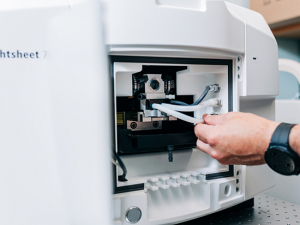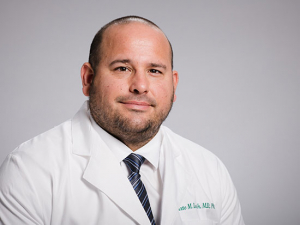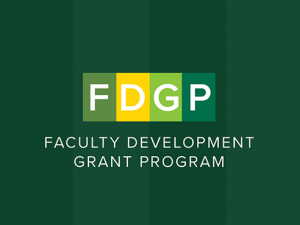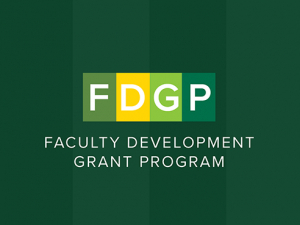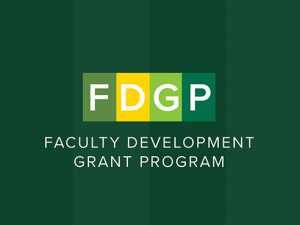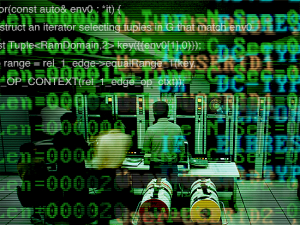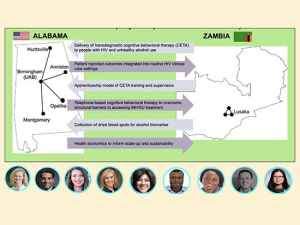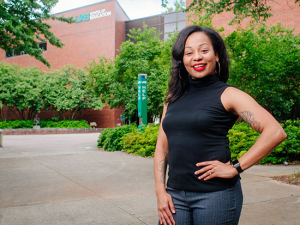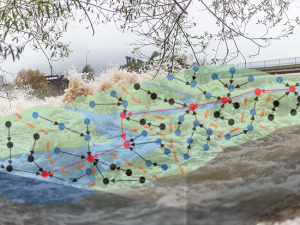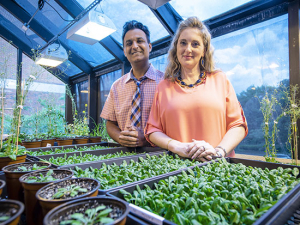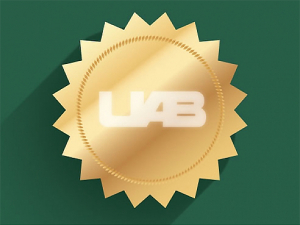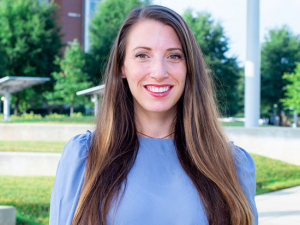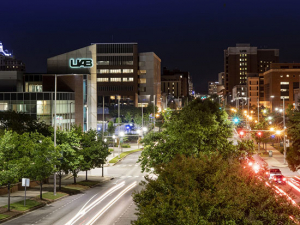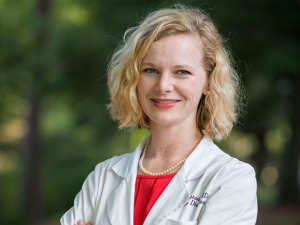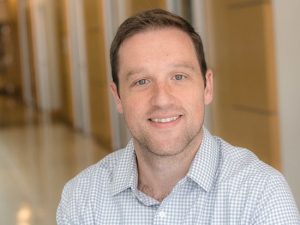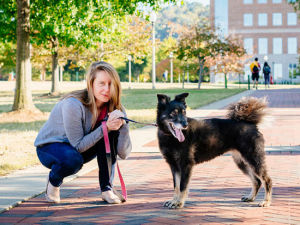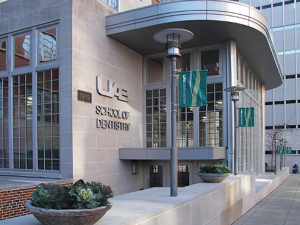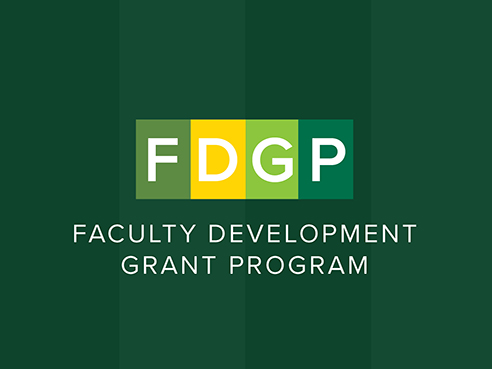 By Burel Goodin, Ph.D., and Samil Baker
By Burel Goodin, Ph.D., and Samil Baker
Twenty-two faculty have been awarded support through the UAB Faculty Development Grant Program, which provides early career faculty with approximately $100,000 in annual funding with seed money to pursue research, creative works and scholarly activity.
“The Faculty Development Grant Program helps faculty take on creative new efforts for which funding is not generally available,” said Pam Benoit, Ph.D., provost and senior vice president for Academic Affairs. “Funding faculty in this way enables them to build new skills to enhance peer recognition across campus and beyond UAB.”
The Office of the Provost provides one-year funding with a match from the recipients’ departments and schools or colleges. Applicants provide details of their research or project and submit letters of support from their department chair and dean. The applications are reviewed by the UAB Faculty Senate Faculty Development Grant Program committee led by Burel Goodin, Ph.D., associate professor in the College of Arts and Sciences Department of Psychology.
“The committee would like to thank the Office of the Provost for providing a little extra money this year, which allowed one additional application to be funded,” Goodin said. “The Faculty Development Grant Program represents a sound investment in faculty career development on behalf of the Provost’s Office, with the goal of helping each recipient to realize their academic potential.”
The recipients received $3,000-$5,000 to pursue these projects in the 2022-23 academic year:
- Patrick (Aaron) Alford - Developing the future of safer MRI contrast agents: an advanced undergraduate chemistry lab experience
- Brandon Blankenship - Bad Boy Bias in the Law
- Ksenia Blinnikova - Implementation of Jumpstart Plant-Based Dietary Program in Primary Care
- Megan Brooker - Sparking the Sociological Imagination through Experiential Learning: Civil Rights in Alabama Field Tour Experience
- Carlos Cardenas - RT-WATCHER: a tool designed for the safe deployment and continuous monitoring of automated contouring and automated planning systems in radiotherapy
- Huachun Cui - Characterization of MafB-dependent NLRP3 inflammasome activation and acute lung injury
- Yulong Fu - Development and implementation of a comprehensive cancer genomic test at UAB
- Jakub Godzik - Social and psychological correlates of structural back pain: pilot study
- Kayla Goliwas - Defining the Human TCR Repertoire within Lung Tumors Following Immune Checkpoint Blockade
- Josh Harms - Radioluminescence Imaging of Proton FLASH Beams
- Mohammad (Zain) Hashmi - Perceived Barriers Regarding the use of Telemedicine to Improve Trauma Triage in Alabama
- Chao He - Neighborhood-level disadvantages impact the disparities of streptococcus pneumonia
- Marshall Holland - Epidural spinal cord stimulation for hypertension in patients with neuropathic pain: effects on blood pressure (ESCAPE study)
- Zohaib Iqbal - Retrospective analysis of low-dose effects on brain tissue T1 relaxation following stereotactic radiosurgery
- Emily Jaworski Koriath - 21st Century Chamber Music for Mezzo Soprano
- Mary Latimer - Glyc-A as a predictive biomarker of pain in the ERASED study
- Christine Loyd - The physiological effects of stress on the gut microbiome among racial and ethnic minority undergraduate students
- Muhammad Sherif - Development of Bio-Engineered Self-Healing Cementitious Composites for Civil Structures
- Benjamin Turner - The Cultivation of Gourmet and Medicinal Mushrooms
- Michelle Wooten - Dismantling light pollution in Birmingham: positioning introductory astronomy students as agents-of-change
- Fei Xue - Electrical control of magnetic topological semimetals
- Qing Zhao - Microbiota flagellin-specific antibodies in IBD pathogenesis
